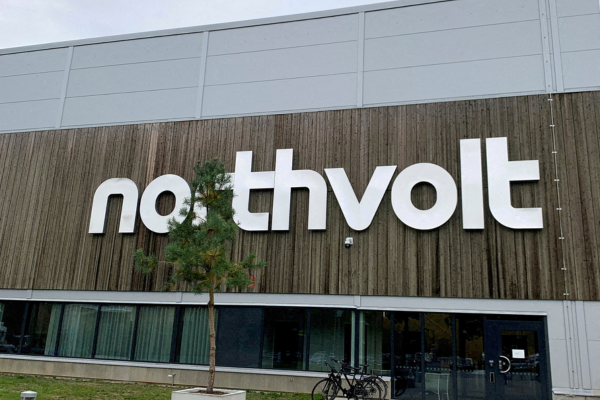Sustainability and the human factor

Guilhem Isaac Georges at Contentsquare describes four key actors who can help deliver impactful ESG policies
Integrating ESG (Environmental, Social, and Governance) criteria is crucial for businesses of all sizes and sectors, as pressure mounts from regulators, consumers, and employees.
However, to ensure that these policies lead to concrete transformative changes, ambitious goals set by leadership teams are not enough. It requires a collective effort at every level of the organisation.
To be successful, here is an overview of the four employee groups crucial to embedding a sustainable ESG approach company wide.
Decision-makers (Board and C-Suite)
Gaining the support of senior management is crucial to ensuring that an ESG strategy becomes more than just an empty framework. To mobilise teams at this level, it is essential to demonstrate the long-term value that extends well beyond basic compliance.
Strengthening the employer brand, mitigating risks, and uncovering new growth opportunities are some of the compelling points to make. Talent retention is another area to keep in mind to make the case for an effective ESG policy. With more than 40% of Millennials and Generation Z willing to change jobs over climate concerns, sustainability has become a crucial priority for these generations—and, by extension, for organisations aiming to stay competitive and attractive to talents.
Middle management
Managers are essential in the implementation of ESG strategies. They are on the front lines in translating the broad guidelines into concrete actions, but also in ensuring teams’ performance and productivity. Yet their day-to-day responsibilities, often focused on short-term results, can conflict with ESG priorities.
To ensure employees at this level can play a concrete role, it is essential to consider their operational constraints and integrate ESG pragmatically into their day-to-day work. To engage with them, it is crucial to understand the challenges they face and involve them at the appropriate time.
Highlighting immediate benefits, such as an improved operational efficiency and reduced costs, can help in convincing them ESG policies can bring opportunities. For example, improving IT infrastructures, with more energy-efficient servers, can not only meet CO2 reduction targets, but also improve teams’ overall productivity.
Mission-driven employees
Some employees may also be deeply committed individuals in their personal lives, whether through lifestyle choices (such as opting for plant-based products or limiting air travel) or through political activism.
They can become harsh critics of their organisation if they feel the company’s actions fall short of their expectations or if they perceive inconsistencies between its rhetoric and reality. To turn them into champions of change for the company, it is crucial to inform, educate, and actively involve them in the ESG initiatives.
Training opportunities—such as webinars, e-learning courses, or interactive workshops—can provide valuable context, helping them understand the organisation’s decisions and demonstrate how each initiative contributes to overarching goals.
Offering personalised objectives that align with their skills can further strengthen their commitment. Even employees whose roles seem unrelated to ESG can bring valuable perspectives. By empowering them and turning them into internal ambassadors, they can help communicate the organisation’s values and foster a share culture of positive impact.
The cynics
Some employees may be sceptical about ESG, failing to recognise that integrating these policies into the company’s priorities is essential. The individuals often see ESG as a distraction, a passing trend or an unnecessary burden.
To convince them, it is important to regularly present them with tangible data that can be measured over time, in the shape of quarterly KPIs across all departments of the organisation. This will help in legitimatising ESG framework and drive concrete results.
By adopting this data-driven approach, companies can publish regular annual activity reports to provide an overview of the team’s efforts, internally, while also ensuring transparency for customers, partners and investors.
To foster a more supportive environment for ESG initiatives and persuade even the most sceptical employees, it is also crucial to keep in mind cultural sensitivities and differences. For example, in some cultures, there tends to be a stronger focus on diversity and inclusion, whereas in others, the focus on environmental challenges tends to dominate. It is key to align communication with local concerns to ensure success.
Each of these groups, when strategically involved, will help in encouraging a collective commitment to drive concrete success. By mobilising these individuals in the right way, taking account of their concerns and incentives, it is in turn possible to create a collective and lasting dynamic that will transform the organisation in depth.
Guilhem Isaac Georges is VP Sustainability at Contentsquare
Main image courtesy of iStockPhoto.com and Tirachard

Business Reporter Team
Most Viewed
Winston House, 3rd Floor, Units 306-309, 2-4 Dollis Park, London, N3 1HF
23-29 Hendon Lane, London, N3 1RT
020 8349 4363
© 2025, Lyonsdown Limited. Business Reporter® is a registered trademark of Lyonsdown Ltd. VAT registration number: 830519543





